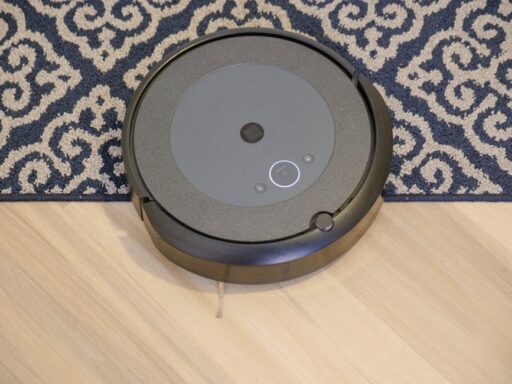Decluttering your home is a journey towards a more organized and stress-free living space. While the end goal is universal—reducing clutter and organizing what’s left—the methods to achieve this can vary greatly. Different techniques cater to different needs, whether you’re tackling a large home or just a small apartment. Here, we explore some of the most effective decluttering techniques to help you find the right approach for your lifestyle.
Micro-Decluttering: Tackle Bit by Bit
If the idea of decluttering your entire home feels overwhelming, micro-decluttering might be the solution for you. This method, popular on cleaning blogs, involves breaking down the task into smaller, manageable parts. Instead of organizing an entire room in one go, focus on sections like the medicine cabinet or silverware drawer. The immediate results can boost your motivation and allow you to move on to the next task with newfound energy.
The Ski-Slope Method: Manage Overwhelm
Anita Yokota’s ski-slope method provides a structured approach to decluttering without overwhelming your mental health. By visualizing your messy space as a ski slope, you can zig-zag through sections rather than working in a straight line. Tackle each area one by one, taking breaks as needed, to maintain momentum without burnout.
Project 333: Streamline Your Wardrobe
Inspired by Courtney Carver’s minimalist fashion challenge, Project 333 encourages creating a capsule wardrobe. Select 33 pieces of clothing and accessories to wear over three months, storing the rest. This method helps you identify essentials and simplify wardrobe choices, reducing decision fatigue.
The 12-12-12 Method: Regular Decluttering
This daily habit involves finding 12 items to throw away, 12 to donate, and 12 to put away. Adjust the numbers to fit your needs, but the key is consistency. This approach instills a routine of identifying clutter and organizing daily.
The Organizational Triangle: Maintain Order
Professional organizer Andrew Mellen’s triangle consists of three principles: every item needs a home, keep like with like, and use a “something in, something out” rule. By following these guidelines, you ensure a clutter-free environment that’s easy to maintain.
The Five-Second Rule: Quick Decision-Making
Mel Robbins’ five-second rule helps you make fast decluttering decisions. Decide within five seconds whether to keep, toss, or donate an item. If stuck, ask if you can replace it in less than 20 minutes or for under $20. This method prevents procrastination and keeps you moving forward.
KonMari: Joyful Tidying
Marie Kondo’s KonMari method focuses on keeping items that spark joy. Commit to tidying by category, imagine your ideal lifestyle, and discard before organizing. This approach not only declutters but also brings happiness into your living space.
The Peter Walsh Method: Vision-Driven Decluttering
Peter Walsh’s method involves emptying your space completely, setting a vision, and sorting items into “vision” and “out-the-door” piles. This intense method is ideal for those who need a comprehensive overhaul.
Decluttering at the Speed of Life: Sustainable Practices
Dana K. White’s method, chronicled in her book, focuses on decluttering without getting overwhelmed. Start with trash, return items to their places, and categorize donations. This method emphasizes practical, everyday maintenance.
Packing Party: Objective Evaluation
Inspired by the Minimalists, a packing party involves boxing up everything as if moving, then living out of boxes for three weeks. Only keep items you truly need. This method offers a fresh perspective on the necessity of your belongings.
365 Less Things: Year-Long Decluttering
Commit to removing one item daily for a year. This slow and steady method builds sustainable habits and transforms your space gradually, making decluttering less daunting.
The Calendar Method: Structured Decluttering
This method builds decluttering muscles through structured daily challenges. Start by discarding one item on day one, two on day two, and so on. By the end of the month, you’ll have removed nearly 500 items.
Before and After: Visual Motivation
Capture photos of cluttered areas before and after tidying. The visual contrast provides motivation to continue decluttering and appreciate the progress over time.
10/10 Theory: Assessing Value
Create lists of your most valuable, joyful, and frequently used items. This exercise helps clarify what is truly important, guiding decluttering decisions.
The Chaos Method: Reassessing Organized Clutter
Revisit semi-organized areas by dumping everything into a ‘chaos’ pile. Re-sort, categorize, and declutter to truly understand space usage and streamline organization.
The Magic Basket: Daily Clutter Control
Use a basket to collect out-of-place items each evening. The next day, return them to their proper spots. This daily routine prevents clutter buildup and maintains order.




